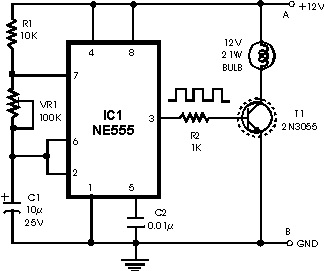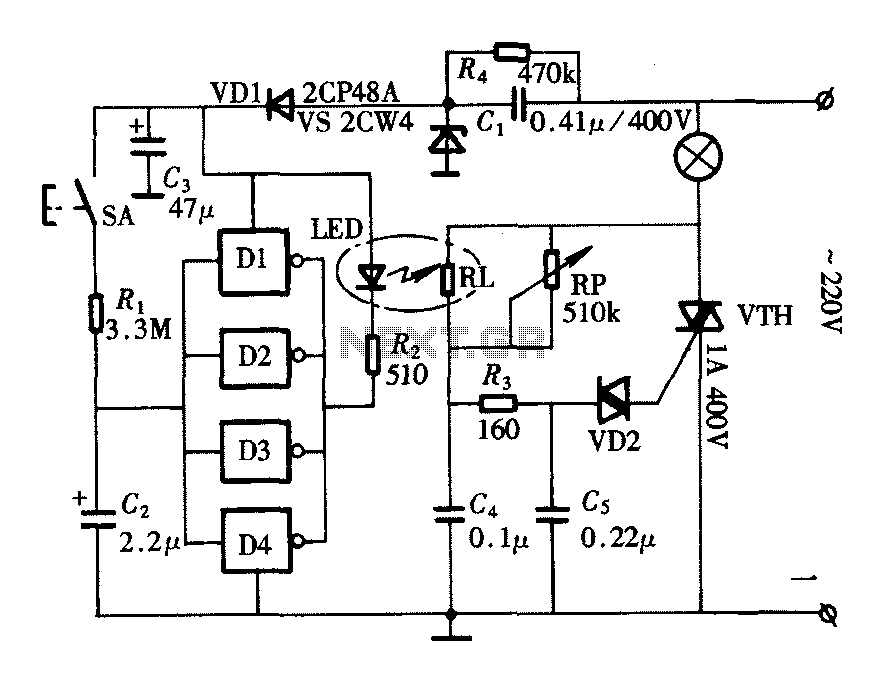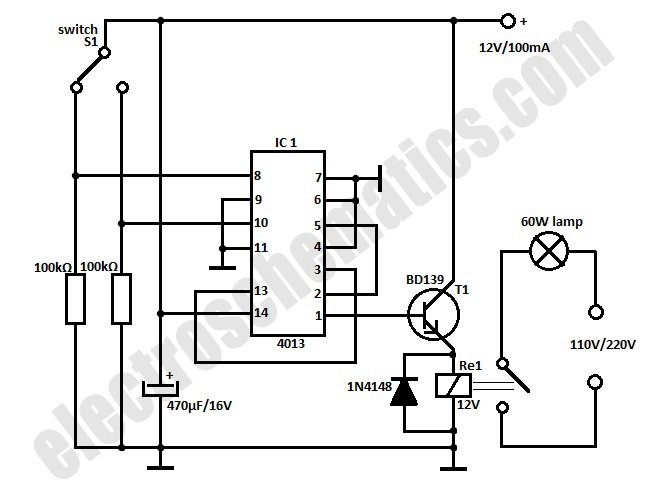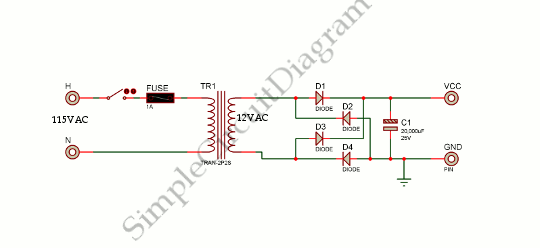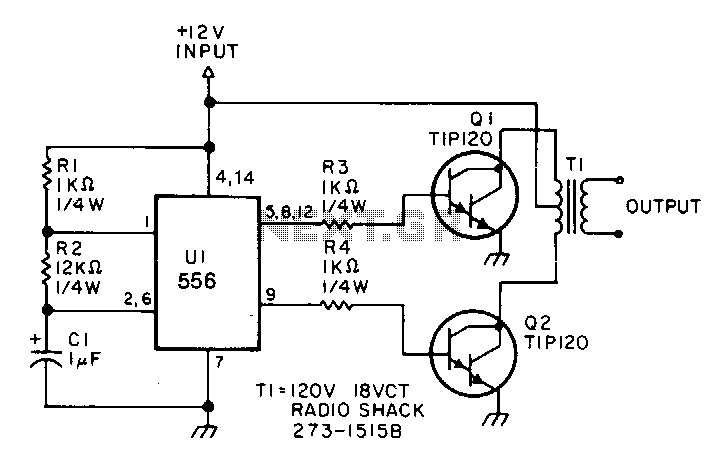
20W Low cost Emergency Light PCB
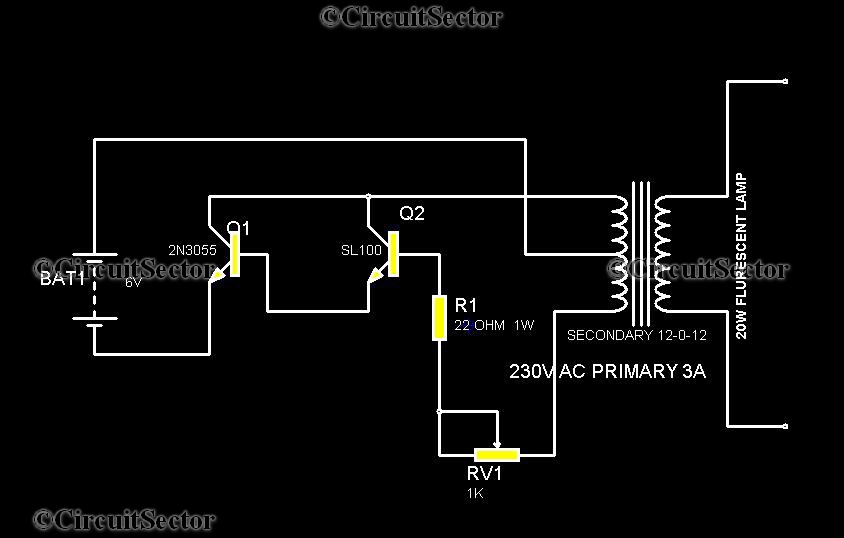
This is a straightforward circuit for an emergency light that can be assembled with relative ease. The components include two transistors, a transformer, a 20 Watt fluorescent tube, a 6V battery, and several resistors and potentiometers. The transformer in this emergency lamp functions to step up the voltage induced in its primary coil. A 12-0-12 center-tapped transformer is utilized for this purpose, with the standard primary coil being employed as the secondary.
The emergency light circuit is designed to provide illumination during power outages or emergencies. The primary components include two transistors, which act as switches to control the flow of current to the fluorescent tube. The transistors are typically configured in a complementary push-pull arrangement, allowing for efficient operation and brightness control.
The transformer plays a critical role in this circuit. It is a 12-0-12 center-tapped transformer, which means it has two equal voltage outputs from the center tap to each end. This configuration allows for the creation of a higher voltage suitable for driving the fluorescent tube. The primary winding of the transformer is connected to the battery, while the secondary winding provides the necessary voltage to the fluorescent tube.
The 6V battery serves as the power source for the circuit. It is essential to ensure that the battery is adequately charged to maintain consistent operation of the emergency light. The resistors and potentiometers in the circuit are used for biasing the transistors and adjusting the brightness of the light output. Proper selection of these components is crucial for achieving optimal performance and efficiency.
In summary, this emergency light circuit utilizes a combination of transistors, a transformer, and a fluorescent tube to create a reliable and efficient lighting solution for emergency situations. The design is simple and can be easily constructed with commonly available electronic components, making it an accessible project for electronics enthusiasts.Here is simple circuit of a simple emergency light that can be constructed without much pain. The components of this circuit are 2 transistors, a transformer, 20 Watt fluorescent tube, 6V battery and some resistors and pots. the transformer of this emergency lamp doing a job of stepping up the voltage induced at its primary coil.
But we use a 12-0 -12 center tapped transformer for this purpose and the usual primary is used as secondary. 🔗 External reference
The emergency light circuit is designed to provide illumination during power outages or emergencies. The primary components include two transistors, which act as switches to control the flow of current to the fluorescent tube. The transistors are typically configured in a complementary push-pull arrangement, allowing for efficient operation and brightness control.
The transformer plays a critical role in this circuit. It is a 12-0-12 center-tapped transformer, which means it has two equal voltage outputs from the center tap to each end. This configuration allows for the creation of a higher voltage suitable for driving the fluorescent tube. The primary winding of the transformer is connected to the battery, while the secondary winding provides the necessary voltage to the fluorescent tube.
The 6V battery serves as the power source for the circuit. It is essential to ensure that the battery is adequately charged to maintain consistent operation of the emergency light. The resistors and potentiometers in the circuit are used for biasing the transistors and adjusting the brightness of the light output. Proper selection of these components is crucial for achieving optimal performance and efficiency.
In summary, this emergency light circuit utilizes a combination of transistors, a transformer, and a fluorescent tube to create a reliable and efficient lighting solution for emergency situations. The design is simple and can be easily constructed with commonly available electronic components, making it an accessible project for electronics enthusiasts.Here is simple circuit of a simple emergency light that can be constructed without much pain. The components of this circuit are 2 transistors, a transformer, 20 Watt fluorescent tube, 6V battery and some resistors and pots. the transformer of this emergency lamp doing a job of stepping up the voltage induced at its primary coil.
But we use a 12-0 -12 center tapped transformer for this purpose and the usual primary is used as secondary. 🔗 External reference
